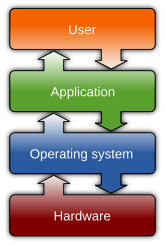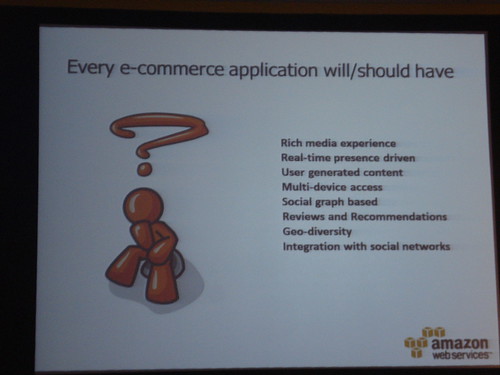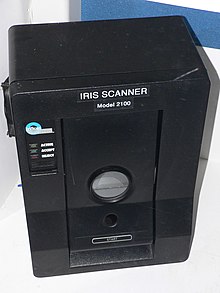Seminar on Software Project Management
The history of software project management is closely related to the history of software. Software was developed for dedicated purposes for dedicated machines until the concept of object-oriented programming began to become popular in the 1960's, making repeatable solutions possible for the software industry. Dedicated systems could be adapted to other uses thanks to component-based software engineering. Companies quickly understood the relative ease of use that software programming had over hardware circuitry, and the software industry grew very quickly in the 1970's and 1980's. To manage new development efforts, companies applied proven project management methods, but project schedules slipped during test runs, especially when confusion occurred in the gray zone between the user specifications and the delivered software. To be able to avoid these problems, software project management methods focused on matching user requirements to delivered products, in a method known now as the waterfall model.

Power point presentation on software project management
Software Project Management
Software Project Management 2
Software Project Management 3
Project management - Center for Systems and Software Engineering

















